Free Courses Sale ends Soon, Get It Now


Free Courses Sale ends Soon, Get It Now


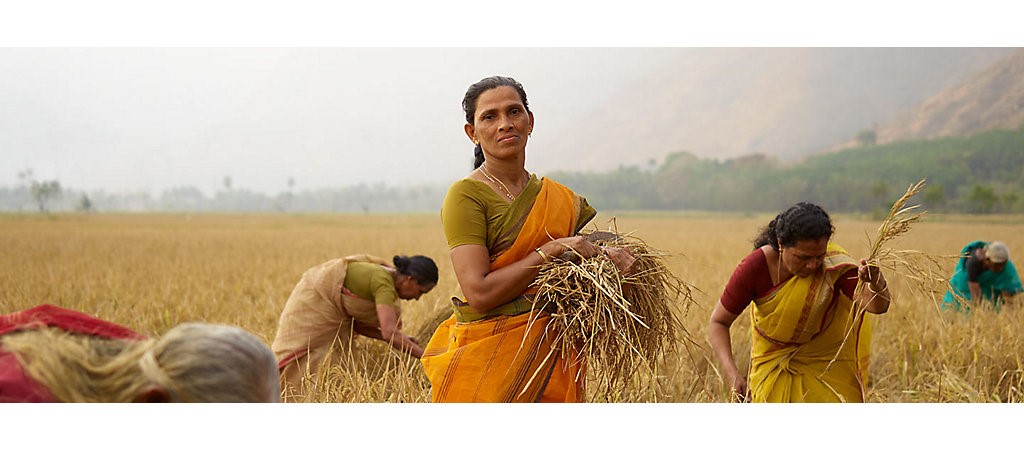
Disclaimer: Copyright infringement not intended.
Context
Details
Significance
PM KISAN
Who is eligible for PM Kisan scheme?
Who is not eligible for PM Kisan scheme?
Soil Health Card
About PMFBY
PMFBY 2.0
APMC and Karnataka Model
Features of APMC
Note: However, not all states have passed the bill. Some states have passed but neither framed rules nor notified it. Thus, inter-state barriers continue.
Shortcomings in APMC system
Karnataka Model
Recent Reforms at National Level
The Acts
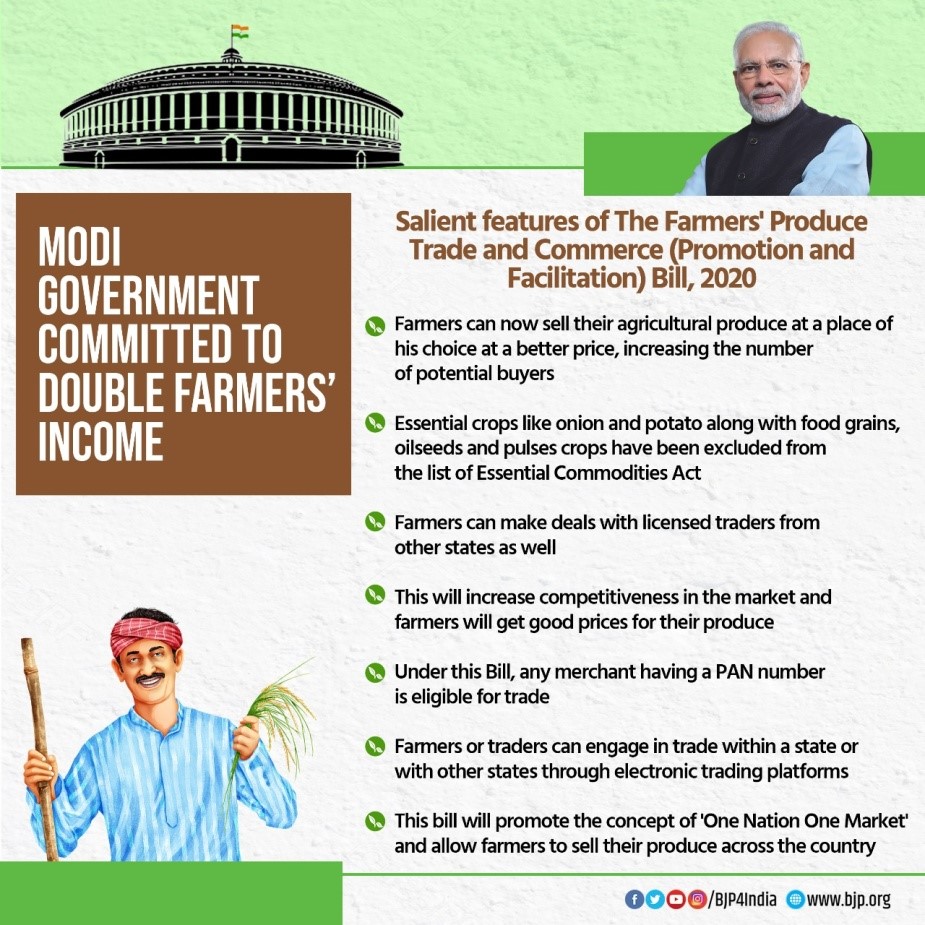
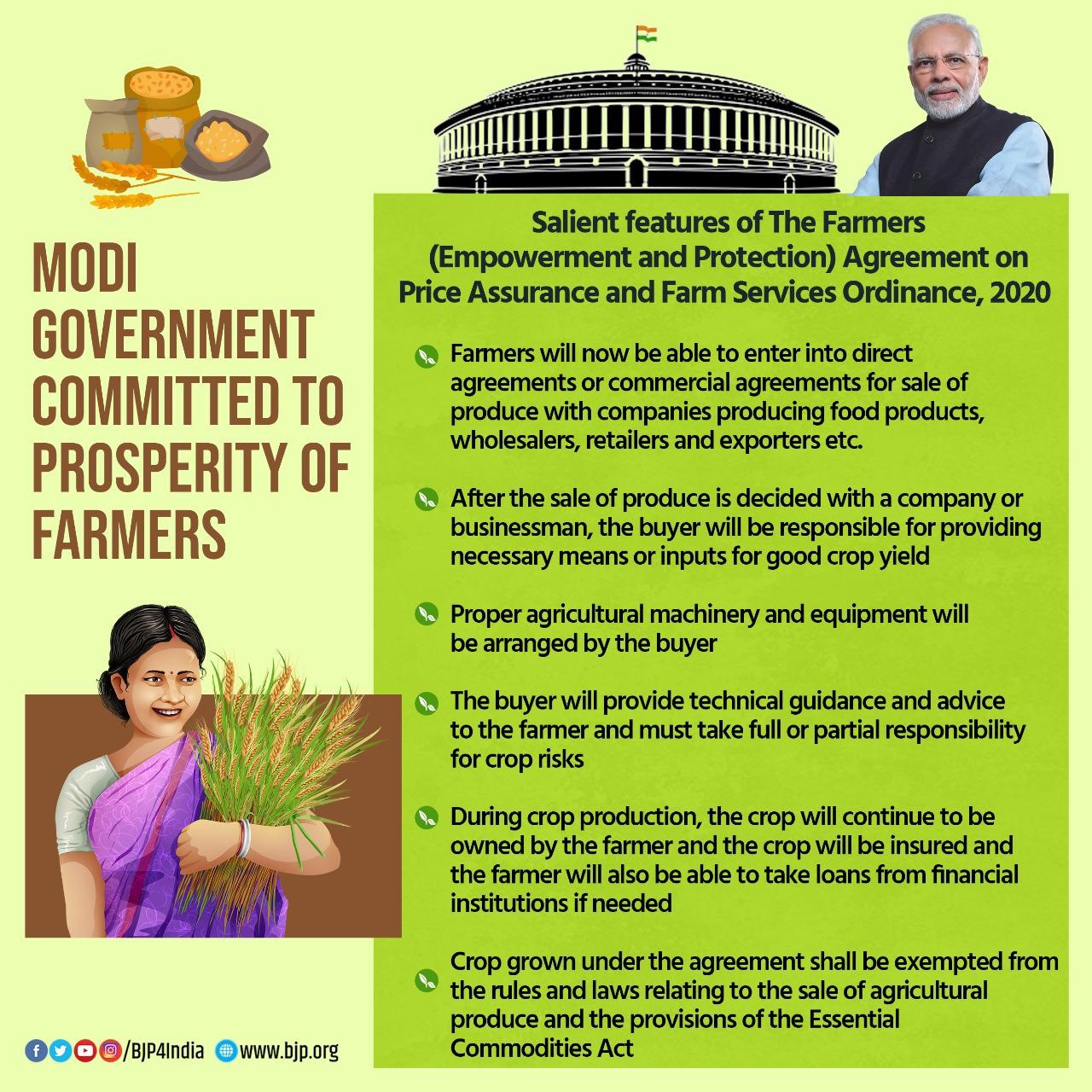
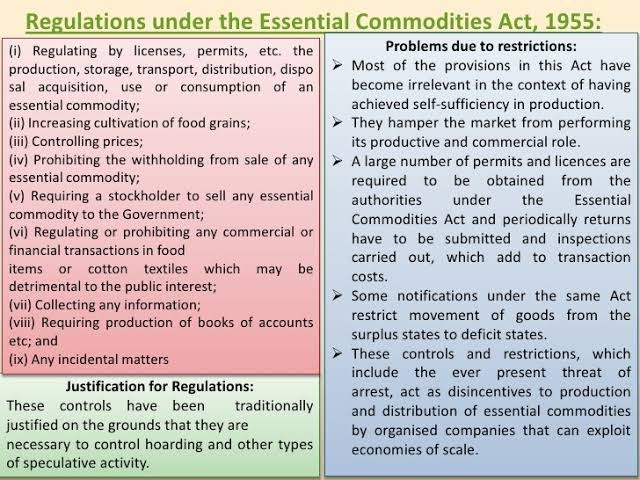

Essential Commodities (Amendment) Ordinance, 2020
Regulation of food items
Imposition of stock limit
(ii) demand for export in case of an exporter.
|
Note: The provisions of the Ordinance regarding the regulation of food items and the imposition of stock limits will not apply to any government order relating to the Public Distribution System or the Targeted Public Distribution System. |
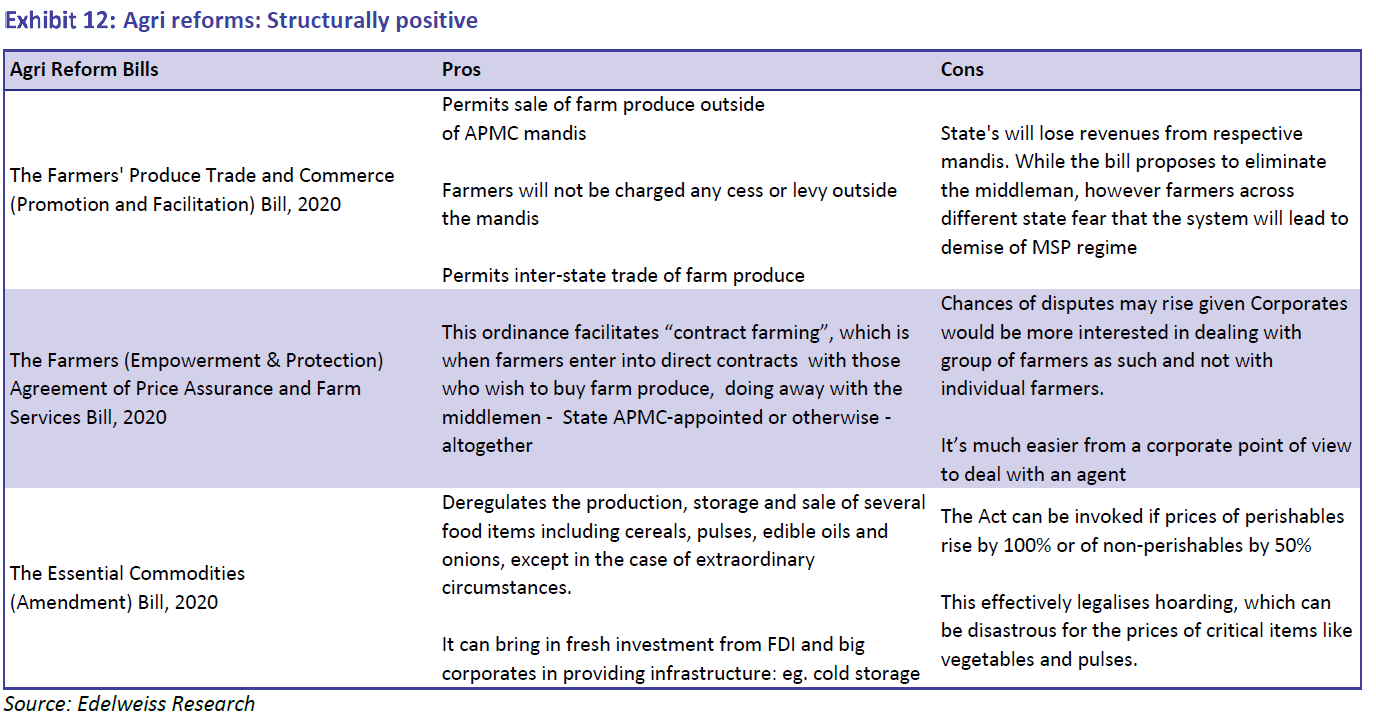
Conclusion
© 2024 iasgyan. All right reserved